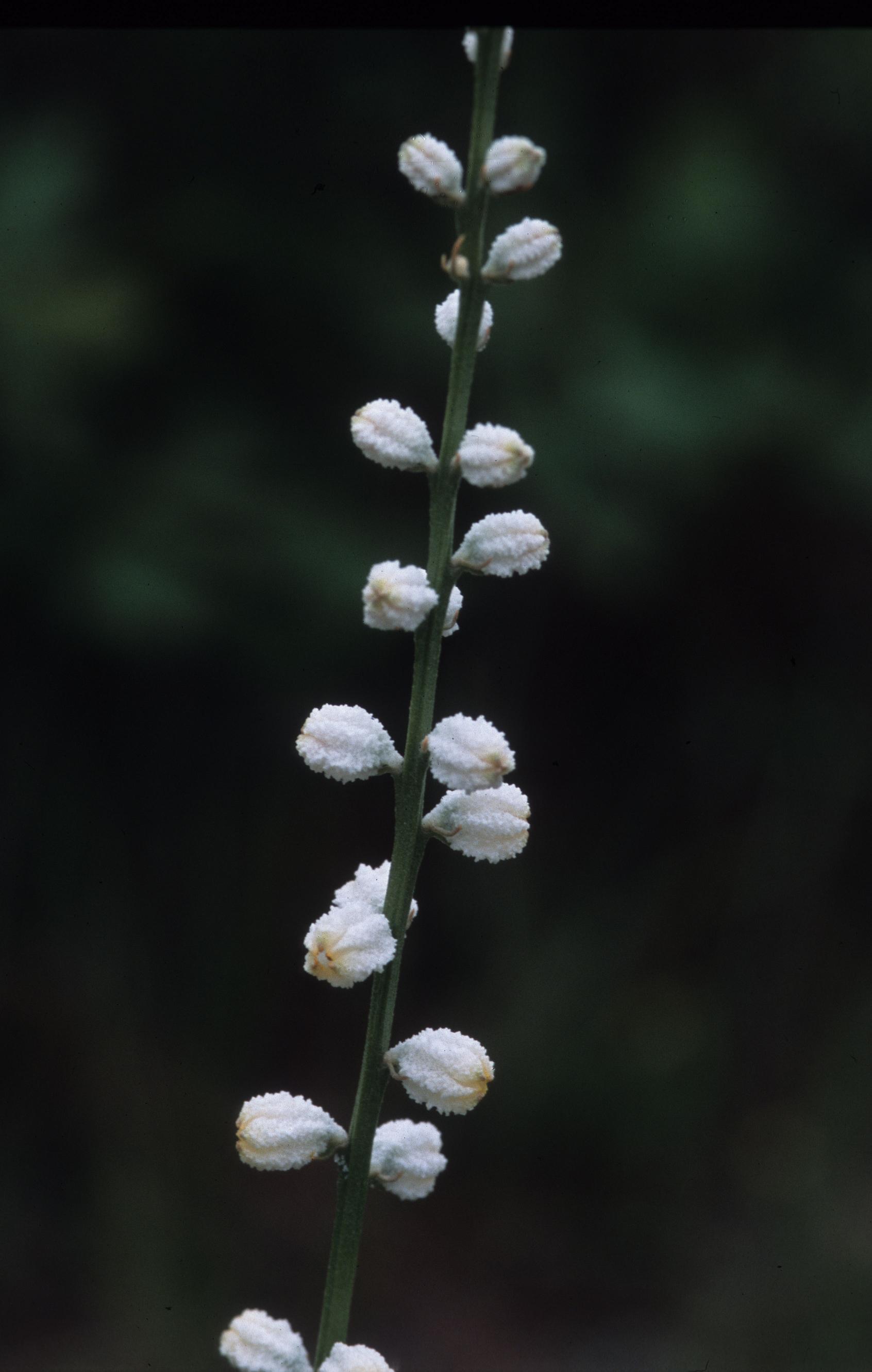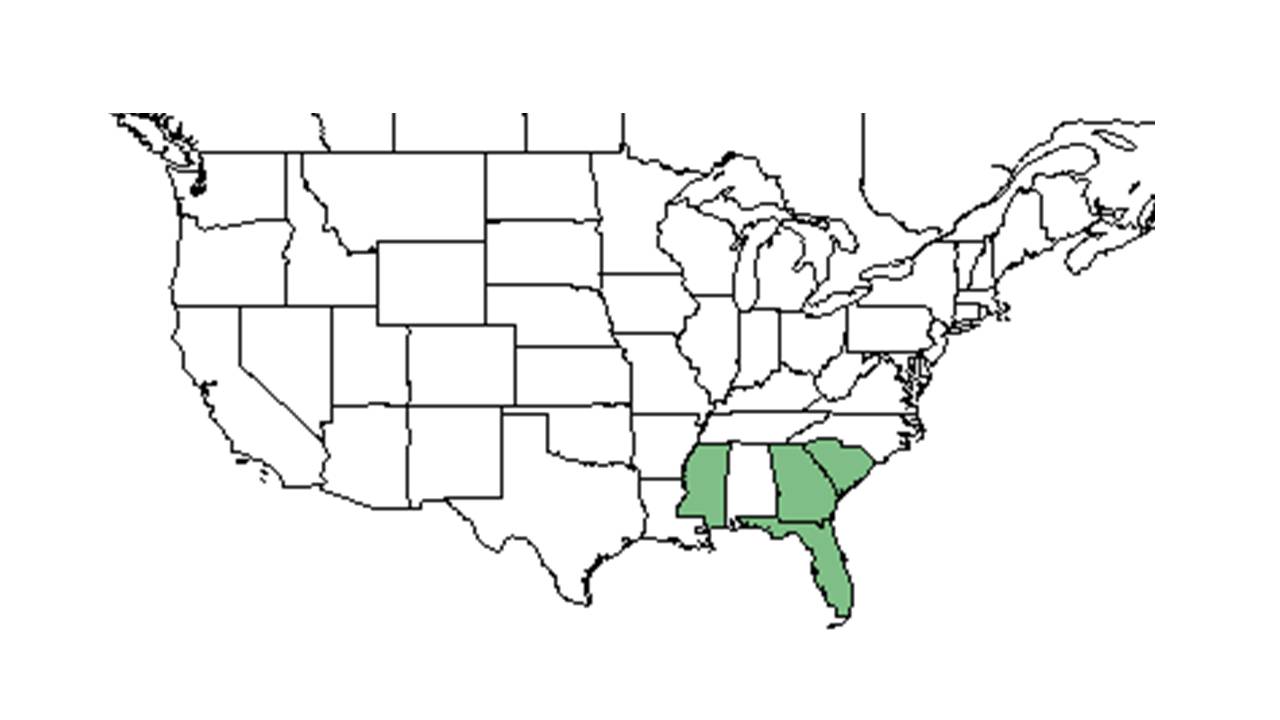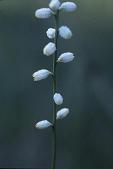Aletris obovata
| Aletris obovata | |
|---|---|

| |
| Photo was taken by Gil Nelson | |
| Scientific classification | |
| Kingdom: | Plantae |
| Division: | Magnoliophyta - Flowering plants |
| Class: | Liliopsida – Monocotyledons |
| Order: | Liliales |
| Family: | Liliaceae |
| Genus: | Aletris |
| Species: | A. obovata |
| Binomial name | |
| Aletris obovata Nash | |

| |
| Natural range of Aletris obovata from USDA NRCS Plants Database. | |
Common names: White Colicroot; Southern Colicroot
Contents
Taxonomic notes
Description
A description of Aletris obovata is provided in The Flora of North America. It is a perennial. Native to Europe and escaped from cultivation.[1]
It is similar to A. lutea, however can be differentiated by having rounded flowers instead of tubular flowers and blooming later, between April and June.[2]
Distribution
It is considered rare in Florida; it is found west to Louisiana, and north to Canada[1]. In northern Florida and southern Georgia, it hybridizes with A. lutea[3].
Ecology
Habitat
Habitats are moist areas and include longleaf pine/wiregrass flatwoods, moist slash pine/palmetto scrubs, sandy peat of grass-sedge bogs, open seepage slopes, and wet flats. It grows in dry loamy or moist sands in high light and has been seen growing along roadsides, ditches, and longleaf pine clearings. Associated species include Aletris lutea and hybrids; Lobelia, Andropogon, longleaf pine, slash pine, saw palmetto, Lachnocaulon anceps, Helianthus heterophylla, Polygala nana, Lobelia paludosa, Centella asiatica, Hypericum, and others[4].
Phenology
It flowers from spring to fall[1] and has been observed fruiting from April through July[4]. In areas of overlapping distribution, A. obovata will hybridize with A. lutea. Hybridization occurs in disturbed habitats where colonization and dispersal of hybrids was probably implemented by roadside maintenance[3].
Fire ecology
It grows well in recently burned areas[4].
Pollination
Pollinators include: Bumblebees (Bombus pensylvanicus)
beeflies (Bombylius mexicanus)
Skippers (Wollengrenia otho, Nastra lherminier, and Erynnis juvenalis)
Swallowtail (Papilio marcellus)[3].
Conservation and management
Cultivation and restoration
Photo Gallery
References and notes
- ↑ 1.0 1.1 1.2 Hall, David W. Illustrated Plants of Florida and the Coastal Plain: based on the collections of Leland and Lucy Baltzell. 1993. A Maupin House Book. Gainesville. 242. Print.
- ↑ [[1]]
- ↑ 3.0 3.1 3.2 Sullivan, V. I. (1973). "Biosystematics of Aletris Lutea Small, Aletris obovata Nash, and Natural Hybrids (Liliaceae)." Brittonia 25(3): 294-303.
- ↑ 4.0 4.1 4.2 Florida State University Robert K. Godfrey Herbarium database. URL: http://herbarium.bio.fsu.edu. Last accessed: June 2014. Collectors: R.K. Godfrey, Loran C. Anderson, J. B. Nelson, R. L. Scott, William Lindsey, R. Kral, H. Larry Stripling, George R. Cooley, Carroll E. Wood, Jr., Kenneth A. Wilson, M. Kral, Sidney McDaniel, Gwynn W. Ramsey, Richard Mitchell, P. L. Redfearn, Steve L. Orzell, Edwin L. Bridges, R. Komarek, and R. A. Norris. States and Counties: Florida: Union, Liberty, Wakulla, Hamilton, Citrus, Levy, Nassau, Franklin, Leon, Alachua, Taylor, and Madison. Georgia: Thomas.
